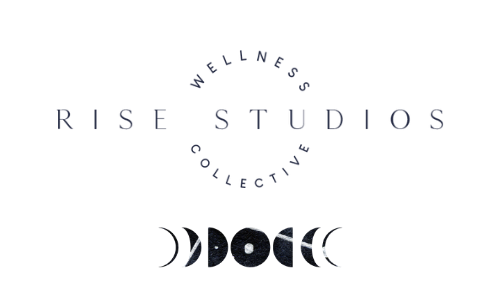What Kind of Yoga is THAT?!
When you hear the word “yoga,” you probably have a general impression of what that means. Your brain sorts through all the files and references and images you’ve stored throughout the years. You probably generate both an image of an Indian man sitting cross legged and covered only in a linen wrap around his waist and hips and an alternate view of a open gym area with what looks like an aerobics class led by an instructor in front of 20 or so people lined up on colorful rubber mats and wearing tight pants. And both would be right. So how do we get from our first impression to our last? What is the path from A to Z? And isn’t yoga just “yoga”? What are all these different styles?
Let’s start at the beginning (kind of). The tradition of yoga can be traced back about 5,000 years where it was at first a series of practices and beliefs recorded and taught only by Vedic priests. As per usual, with many people adding their version of the practices, beliefs, and ideas to the series of scriptures, much of the information was contradictory. After thousands of years, Patanjali, a yoga teacher and writer created and wrote a system for the practice that still influences modern yoga as a way to live. Another few hundred years goes by and the earliest teachings are rejected. At this time, the practice of yoga undergoes a huge transformation. Yoga is no longer seen as a religious path meant for only the few elite. It becomes a deeply physical practice used to connect both the external and internal influences on a person (physically, emotionally, and spiritually). All of a sudden, the practice speaks to more people and can be adapted to their own lives in a personal and authentic way. The system continued to grow and became more attainable to more people. In the 1920’s, the first established yoga school was opened in Myesore and followed the practices of Hatha yoga — a slower, more gentle approach to yoga focusing on holding poses and intentionally breathing through them. It’s the most foundational of what Westerners think of as yoga. Yogis began to move West and introduced this whole person practice in America.Three yoga students trained in the Hatha tradition began to carry their knowledge West and introduced this whole person practice in America. The yoga styles born of these students-turned-masters are Iyengar, Ashtanga, and Vinyasa.
Vinyasa — This style incorporates basic poses (or asanas) from the yogic tradition and orders them in a series of creative movements generating a flow designed to warm your body and create movement inside by drawing from outside. Each pose is built on the one before until you attain a one-breath-one-movement pattern. It’s often set to modern music to engage all your sense as you allow for the internal and external to connect. It’s the style most of the instructors at Rise are trained in (or were first trained in).
Iyengar — Intense focus and long holds define a study in Iyengar. The goal in Iyengar is alignment. You’ll find yourself deepening postures and fine tuning minute changes in shape and stance focused on achieving the most perfect pose your body can obtain then noticing how you feel there. Using props and assists and allowing yourself to be open to learning and growing are a must when learning proper alignment.
Ashtanga and Bikram — Although they are not the same style, both practices follow the same premise of consistency. Each class follows the same series of poses and breathing techniques led by an instructor and is both physically and mentally challenging. However, although the classes can be group-led, Ashtanga series and Bikram series are very personal practices. Each individual acquires ability at their own pace, arriving for the class, practicing the same series of poses, and stopping when his or her body can no longer achieve correct form. These practices focus on releasing toxins and creating a sense of discipline for both body and mind.
Restorative — Restorative is a gentle and passive style allowing students to relax and release the body into a gentle stretch. These poses can be held for up to 10 minute a piece and makes use of lots of props like blankets, bolsters, blocks, and straps. The intention is to provide ultimate support in each pose, making it easier to let go completely.
Yin — This is also a gentle and more passive style of yoga; however, Yin is not designed to be a complete letting go. Poses can be held for several minutes to allow for deep stretch. When poses are held for so long, the large muscles that create movement and hold your skeleton up start to tire and weaken and the fascia and ligaments beneath begin to work to bolster up the larger muscles. This depth allows for the stretch to lean into those connective tissues, increasing flexibility and circulation in the joints.
Kundalini — This style of yoga is the most rhythmic. Incorporating dynamic breath work, repetitive movements synchronized with the breath, chanting, meditation, and mantras, Kundalini is meant to draw out feeling, emotion, and energy beginning from the base of the spine and moving upward through the body.
As yoga becomes more popular, more styles are adapted to suit personal needs. What works for one person may not work well for another and what speaks authenticity into one person’s life has no place in someone else’s. At its core, yoga is the intentional practice of connection and awareness. It’s drawing the mind, the body, and the spirit together using breath. There are many ways to achieve your own growing and versatile practice. Explore different styles or deepen the practice along the path you’re already on, as long as you keep your truth at your forefront, you’re doing yoga.
